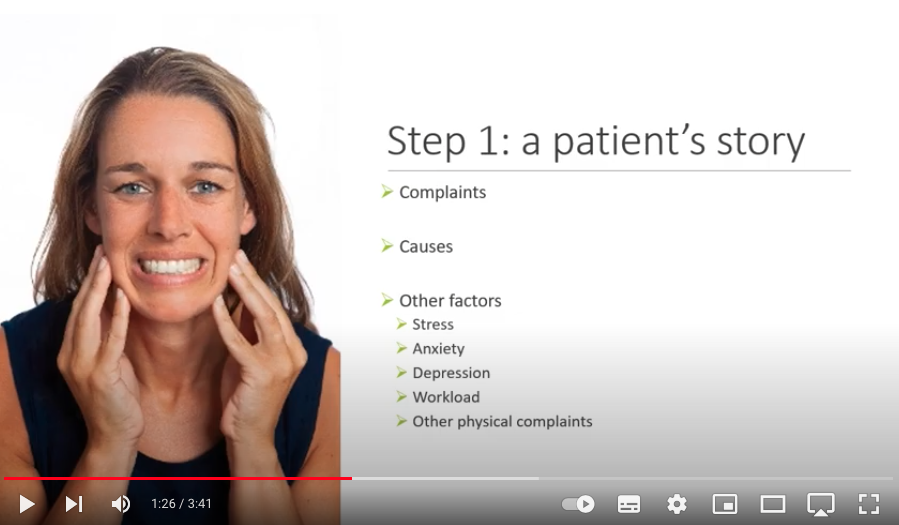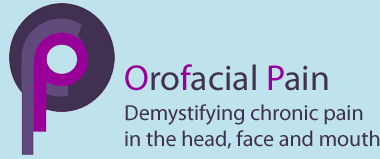Sinusitis and facial pain
It is natural to assume that pain felt in the area overlying or next to the sinuses is related to blockage, infection or inflammation in the sinuses (i.e. sinusitis). Acute sinus infections, which typically follow a bad cold, can cause severe pain, which is often throbbing in nature and can spread to the teeth, usually in association with a temperature and purulent nasal discharge.
Despite popular belief among the public and many healthcare professionals, patients with chronic rhinosinusitis (CRS), where symptoms of sinusitis last for more than 3 months, do not often suffer with a chronic headache. While facial pain is a diagnostic criterion for CRS, it is a less troublesome symptom when compared to nasal discharge and congestion. Although 70% of patients with sinusitis do report some facial pain, but it is rated as less severe than the associated nasal obstruxtion, catarrh and loss of sense of smell.
The Third International Classification of Headache Disorders describes secondary, sinusitis-related headache as pain that changes in parallel to the clinical course of the sinusitis. The pain should be closely related to the anatomical site of the sinusitis and is frequently one sides rather than bilateral. The typical secondary headache of sinusitis is not symmetrical and is not the predominant complaint.
Patients whose primary complaint is facial pain are significantly less likely to have evidence of sinusitis on X-rays and CT imaging. One study classified 100 patients’ self-diagnosed sinus headache according to the International Classification and found that 52% of people actually had classical or common migraine. Another 20-30% had probable migraine or a variant of medication overuse headache. Headache was found to be secondary to rhinosinusitis in only 3% of cases. In primary care, migraine can be misdiagnosed as sinus headache in as many as 88% of patients (8). Many patients who report some sort of facial pain can therefore be mislabeled with CRS, often receiving several courses of antibiotic that seem to have little benefit, or only very short term benefit.
If you are referred to an ENT doctor for investigation of facial pain, they will take a careful history regarding the type of pain, location and frequency. They will also ask about associated symptoms of sinusitis. Most importantly, they will usually pass a very small, flexible telescope into the nose in order to examine the openings of the sinuses. Sinusitis can normally be diagnosed by finding swelling or discharge at the openings of the sinuses; a normal examination means that the headaches are very unlikely to be caused by sinus disease. You may sometimes, but not always, need a CT scan to make the diagnosis, or rule out sinusitis.
If sinus disease is thought to be the cause of headaches and facial pain it is likely that you will be started on nasal sprays, salt water washes and often antibiotics. Patients are sometimes more disappointed to find out that their sinuses are not the cause, particularly if they have previously been told they have sinusitis by other doctors, friends and family. In these cases, it is really important to avoid further inappropriate treatment (particularly surgery) and to try to reach a clear diagnosis. In some cases, the ENT doctor will be able to start you on appropriate treatment, while in others you might be referred onto a neurologist, oromaxillofacial specialist, or even better a multidisciplinary facial pain clinic.
Education menu

Physiotherapy for Orofacial Pain
A short introductory presentation by Dr Hedvig van der Meer who has recently joined our team:

Our guide to better sleep
By Georgina Gray Good quality sleep is one of our core health pillars. Not only is it vital for energy, mental health and hormone production, it is also important for disease prevention and weight control. We should be aiming for 7-9 hours of good quality sleep every...

